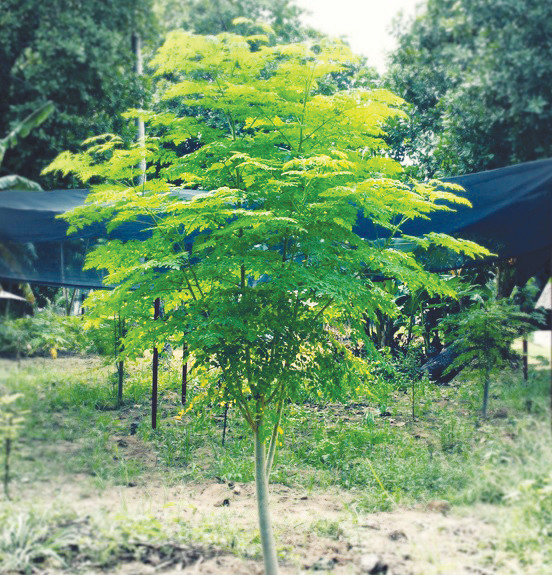The not-so miraculous tree
GREEN COVE SPRINGS – How awesome does a tree that is almost entirely edible sound? The Moringa tree (Moringa oleifera), also known as the miracle tree or drumstick tree, is a native of eastern …
This item is available in full to subscribers.
Attention subscribers
To continue reading, you will need to either log in to your subscriber account, or purchase a new subscription.
If you are a current print subscriber, you can set up a free website account and connect your subscription to it by clicking here.
If you are a digital subscriber with an active, online-only subscription then you already have an account here. Just reset your password if you've not yet logged in to your account on this new site.
Otherwise, click here to view your options for subscribing.
Please log in to continueDon't have an ID?Print subscribersIf you're a print subscriber, but do not yet have an online account, click here to create one. Non-subscribersClick here to see your options for subscribing. Single day passYou also have the option of purchasing 24 hours of access, for $1.00. Click here to purchase a single day pass. |
The not-so miraculous tree
GREEN COVE SPRINGS – How awesome does a tree that is almost entirely edible sound? The Moringa tree (Moringa oleifera), also known as the miracle tree or drumstick tree, is a native of eastern India but has become widespread through many tropical areas. It is also becoming increasingly popular throughout Florida as much of the tree can be eaten and its oils can even be extracted from its seeds.
However, even with the benefits of the tree, it should be avoided at all costs in our state as it can be very invasive.
Identifying Moringa
Moringa is a small tree, growing quickly to around 25 feet tall and is often mistaken for a legume due to its seed pods. The leaves are fern like and deciduous, ranging from 9-24 inches long on drooping branches. The tree also bears white fragrant flower in loose bunches along the center of the leaves.
Why is it harmful?
Moringa is very easily grown from seed or cuttings, which is one of the reasons why is has been listed by the University of Florida/IFAS Assessment of Non-Native Plants in Florida’s Natural areas as invasive and it should be avoided throughout the state. The tree is highly adaptable to the different climates throughout our state, grows in a variety of soils, and the high amount of seeds could be easily spread by wind and water.
With these characteristics, it is highly likely it will spread to and survive in our natural areas, where it could outcompete native plants and upset our ecosystems. In short, do not plant this tree in your yard.
Why is it Popular?
Even with its invasive nature, Moringa has been gaining popularity due to its usefulness and significance in the cuisine of some Asian cultures. Some also tout medical uses of the plant, but none of these health benefits have been fully proven by scientific study and more research is needed on potential benefits from the plant.
However, even with some unique uses, this tree could still be attributed to the destruction of our natural areas as an invasive species and its cultivation in Florida should be avoided completely.
If you have any horticultural, agricultural, 4-H, or family and consumer science questions, contact the University of Florida/IFAS Clay County Extension Office online at http://www.clay.ifas.ufl.edu or call by phone at (904) 284-6355.








